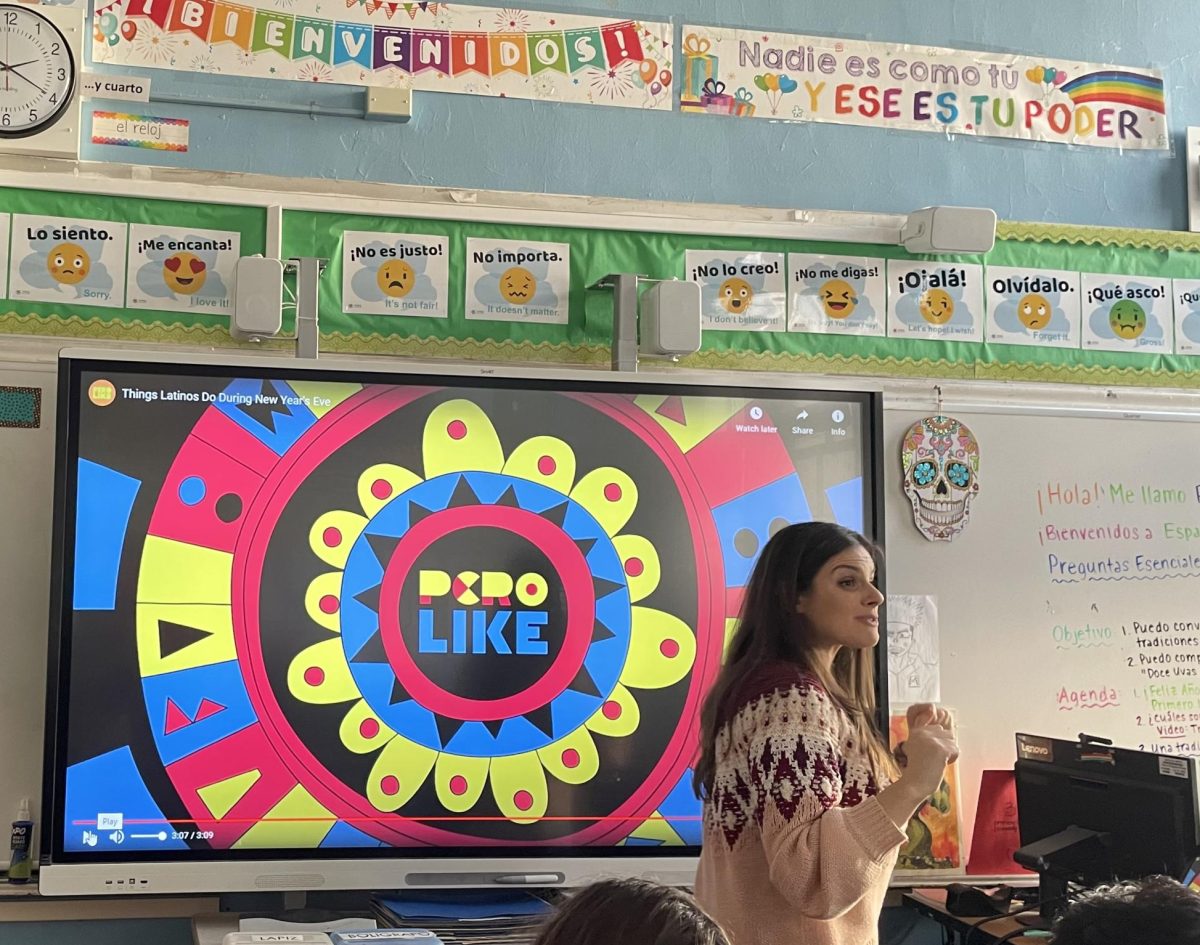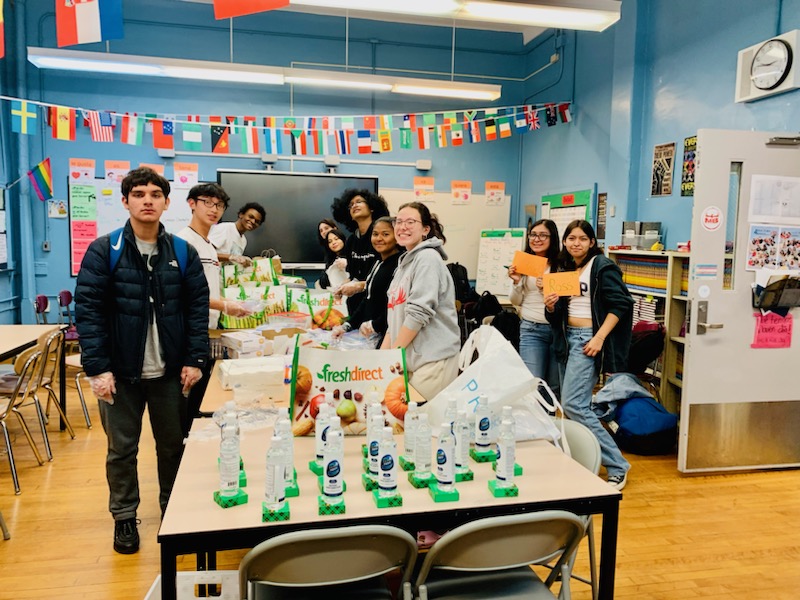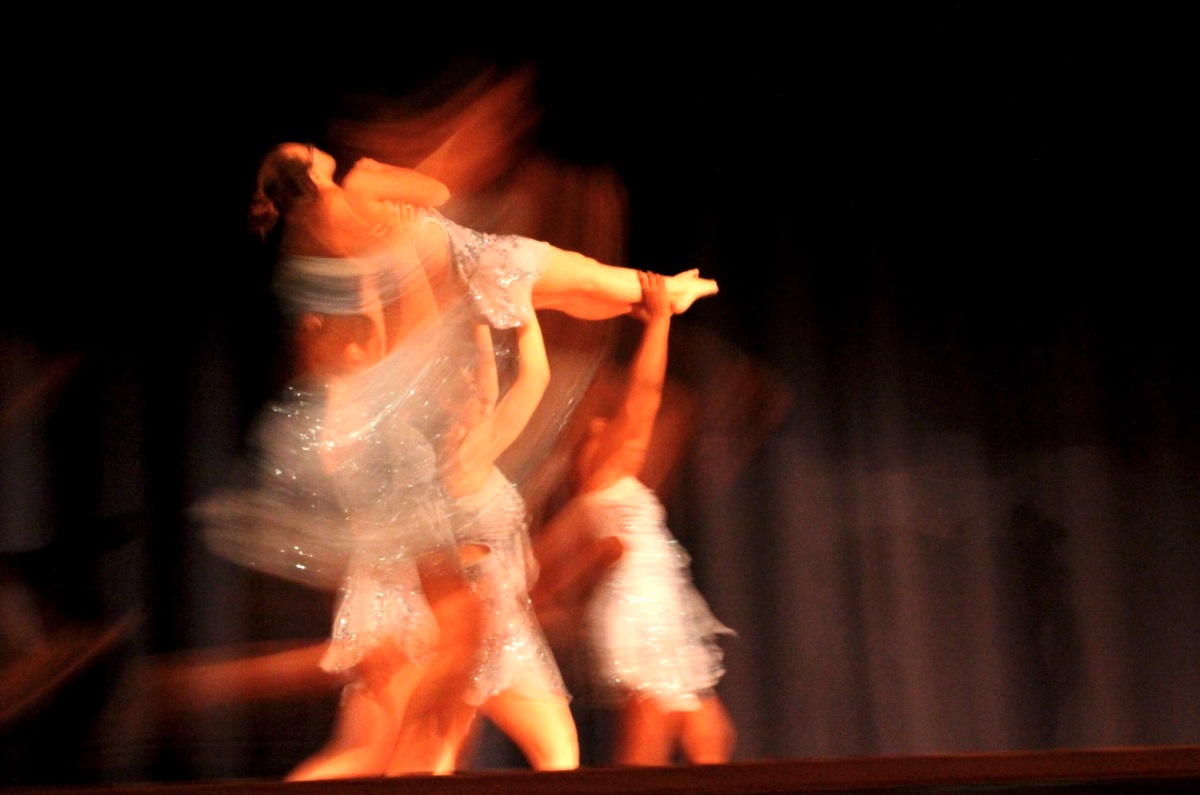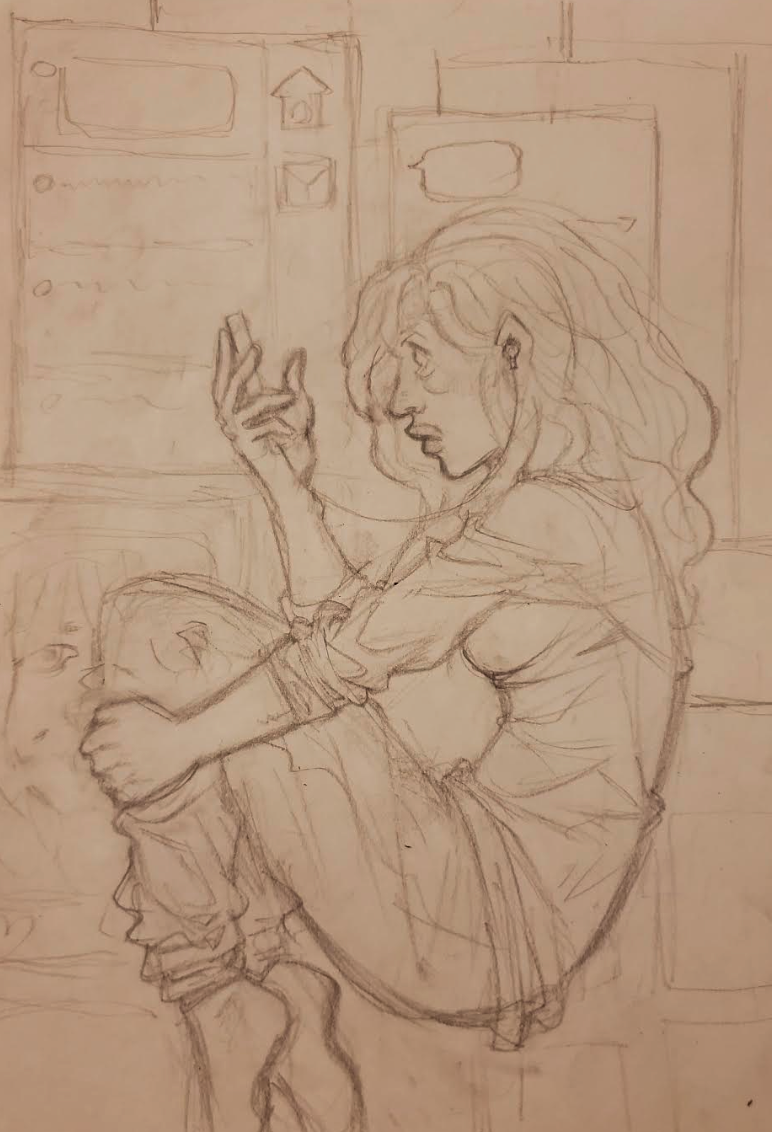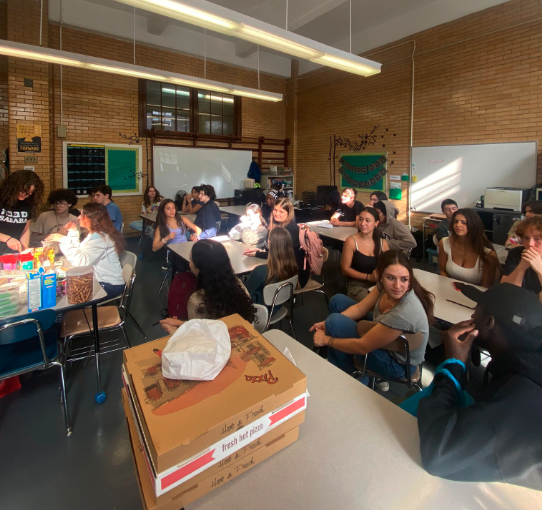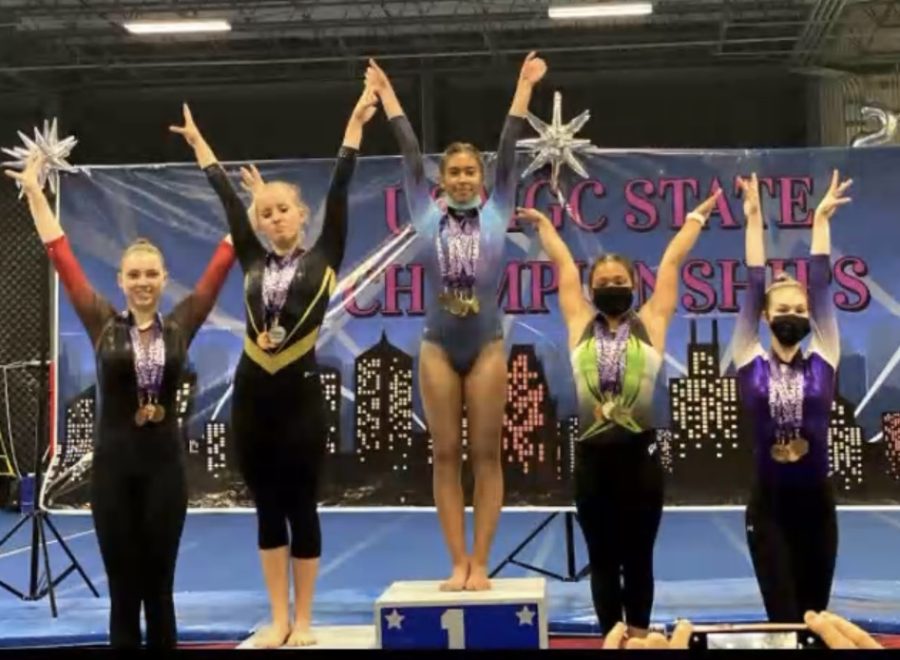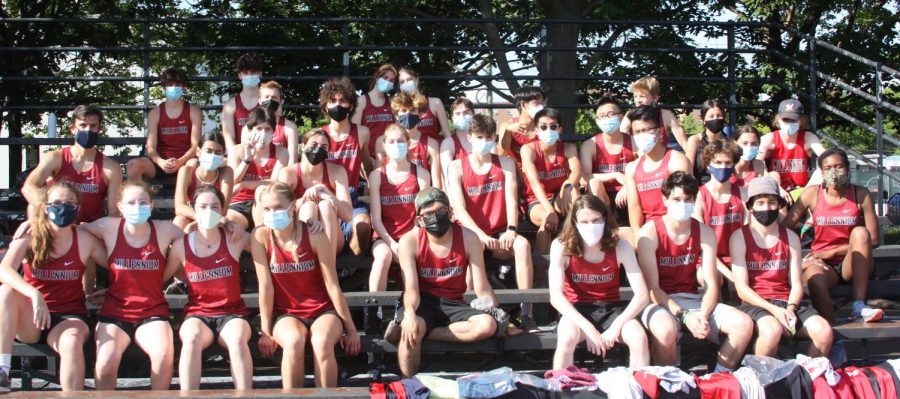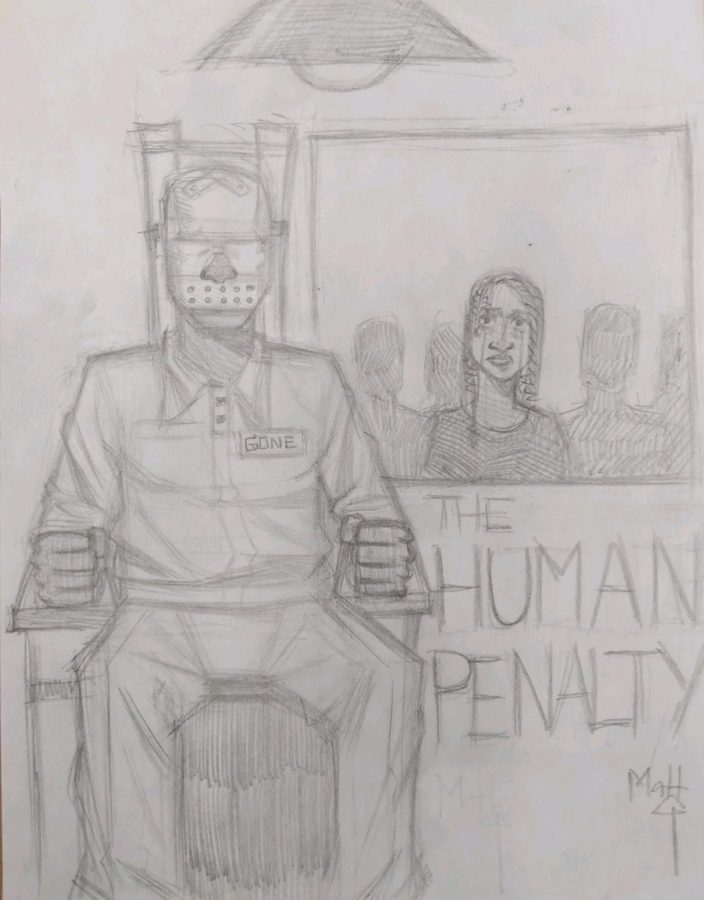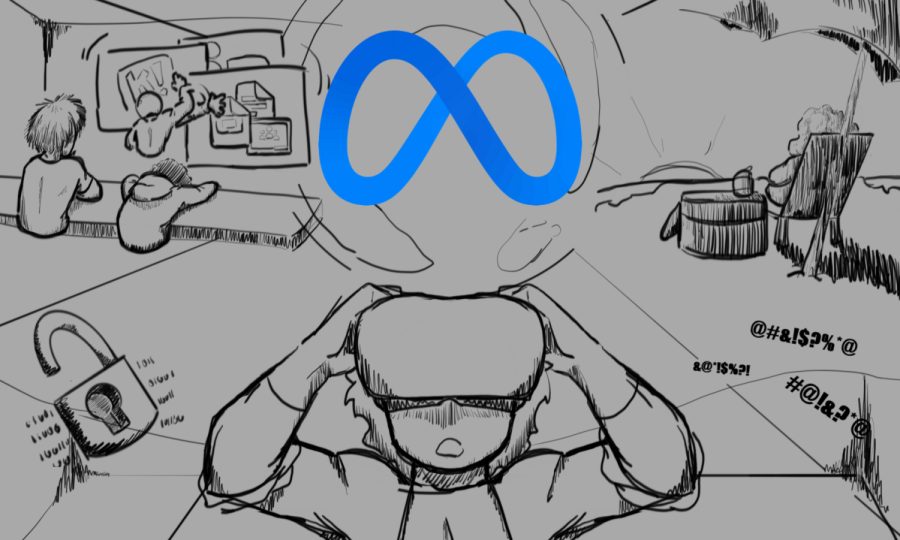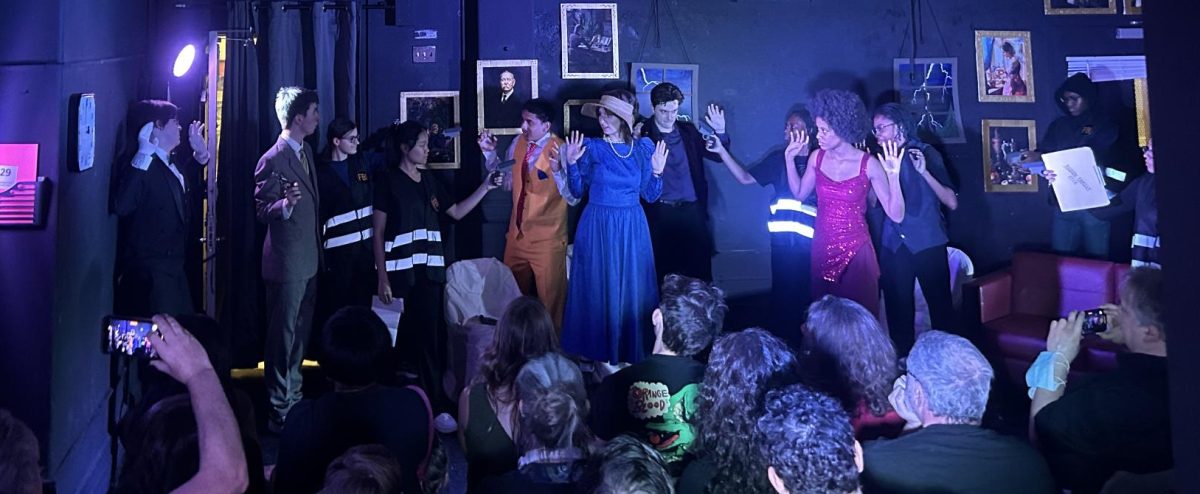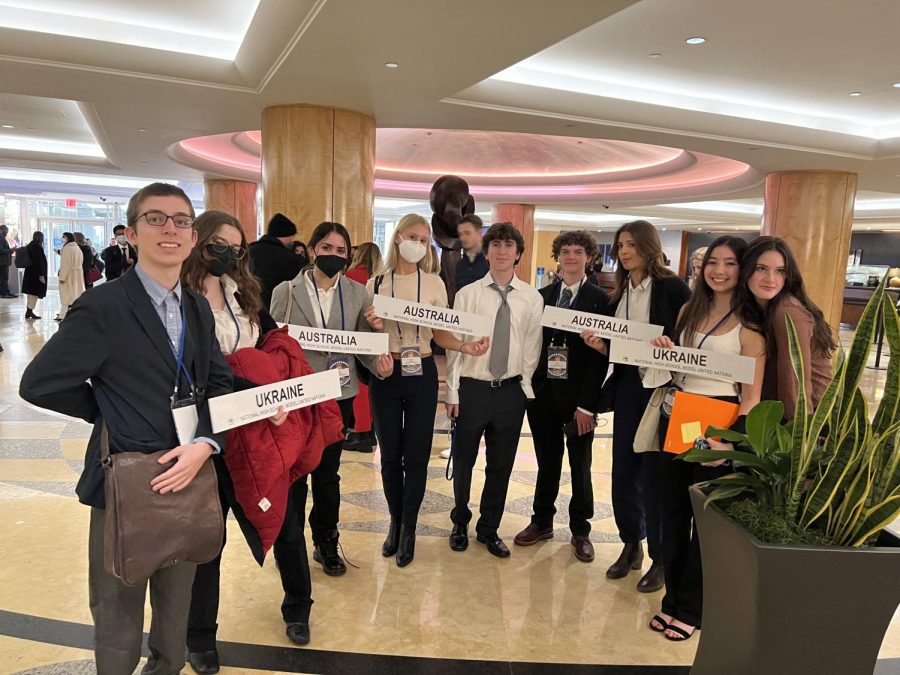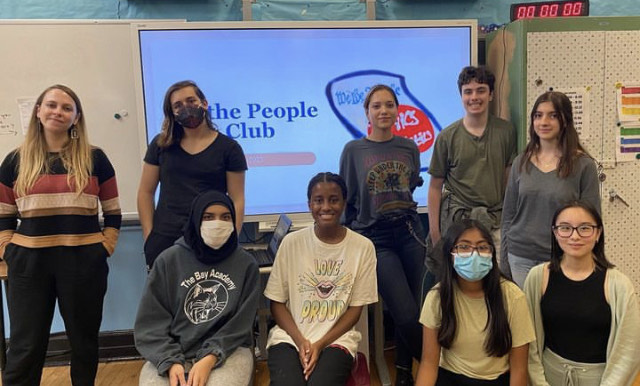In 2022, Millennium Brooklyn High School introduced the Restorative Justice Action Team (RJAT), whose goal is to incorporate restorative justice into the school culture. The group includes the voices and perspectives of students as well as school faculty. The RJAT also wants to form a stronger community and, when harm occurs, have measures in place to repair it. But to have true insight into what the RJAT’s goals are, it is important to know what restorative justice is.
What is Restorative Justice?
The Oxford dictionary defines restorative justice as “a system of criminal justice which focuses on the rehabilitation of offenders through reconciliation with victims and the community at large.” Olive Ephross, a member of the RJAT committee at Millennium, has a her own definition of the term: she sees restorative justice as a method of addressing conflict between students or resolving unfair treatment through discussion and collaboration. Restorative justice serves as an alternative to zero-tolerance disciplinary policies, which are often criticized for being overly punitive to students and discriminatory toward minorities. In restorative justice mediation, offenders, victims, and members of the school community are encouraged to engage in open communication. The end goal is to have justice served in a fairer, non-retributive way and to prevent further harms from offenders by having them realize the consequences of their actions through direct and moderated talk with those they have hurt.
Why Was RJAT Created?
Before the RJAT, there were “a couple of restorative justice initiatives [at MBHS] in the past, and they had separate clubs that were working on similar things,” Ephross notes. Initiatives such as the SEED Advisory Committee and Peer Mediation Club had, as part of their mission, intentions to advance restorative justice at MBHS. But the diffuse goals of these groups did not center a restorative justice protocol. Millennium needed an organization whose sole focus was on restorative justice policy and mediation. The administration decided that one central team, which would include both students and staff and meet every month, would function better than a fragmented set of clubs working on similar issues. Consolidating the group under a single mission would lead to better organization and more equitable practices.
What Changes Does the RJAT Want to Make?
Being such a new organization in our school, the RJAT has a lot of work on their hands. One of the changes the group members want to make is to make space available for students whenever an incident occurs so that those affected know that there are always people they can trust and talk to, says Ephross. The goal of this change is to ensure that when incidents of harm occur, students will confide in the RJAT team who will, in turn, do work to make sure that similar incidents do not happen again. A school community that cultivates this openness will help to create a safe environment for students.
The committee also wants to foster empathy in students and faculty alike, by encouraging participation in activities like those organized by Narrative 4 for advisory. Last year, in workshops, advisees were paired up to share personal experiences with their peers. The person listening was challenged not to comment while their partner and then to retell the other student’s story in their own words. The idea was for the listener to be fully present and without judgment in the other person’s experience as a means of fostering empathy. The RJAT would like to continue activities like this schoolwide so all community members develop perspective on the experiences of those who differ from them.
Improvements Within the RJAT
Currently, the RJAT committee meets only once a month to discuss restorative justice, with the teacher advisors having their own meeting (also once a month) to plan for the RJAT sessions to make them as constructive as possible. It is a good starting point for now, says Ephross, but the group might choose to increase the frequency of RJAT meetings. They also want to increase collaboration and cooperation with affinity organizations in the school, such as the Black Student Union (BSU) and Pan-Asian Student Alliance (PASA).

